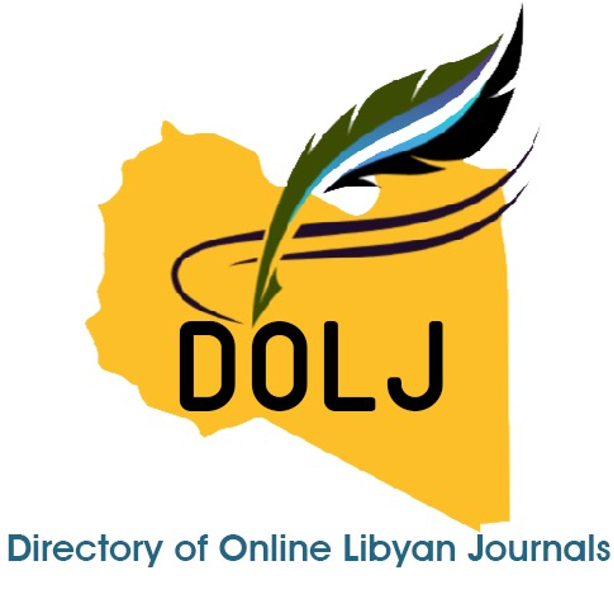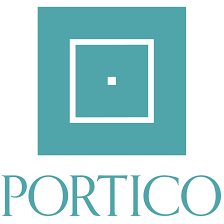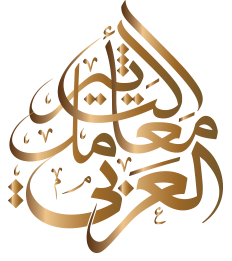Study of physiochemical parameters and the heavy metals for the treated sewage water in Misurata
DOI:
https://doi.org/10.36602/jsba.2022.14.52Keywords:
physiochemical, treated, parameters, water, sewage waterAbstract
Samples of sewage water have been collected from Misurata 'station that is being located out of the city from the southern area in Alseket area in order to study the physio chemical parameters for the treated sewage water The samples have been collected from August to January 2010 immediately from the gathering center ٫ one sample for 3 bis over six months period. The study included measuring and estimating the electrical connection (EC), pH, TDS, and the total content of the heavy metals. Some of the were detected and the results showed that the treated sewage water in Misurata consists of some heavy metals like (NA, K, Ca, Mg). All of the tested elements in the treated sewage water were less the internationally allowed limit through the six months of the year. Except the cadmium and iron elements which were above the internationally allowed limit. The physio-chemical parameters for the treated sewage water from the purification plant in Misurata and the one used in the irrigation of the public agricultural sekt project and the one that has irrigated the agricultural feed. project. They show an increase in the electrical connection value for the treated sewage water samples. They reached its highest value in January ms/cm 4460.0000. And reached its less value mS/cm 1338.2667 in October with a total average of mS/cm3730.2526. And the total salinity reached the highest value for the total dissolved salts in the treated sewage water 2899.3333mg/liter in January and the less value 2495.6667 Mg/liter in September. The average of total salinity through the studied six months is 2697.7895mg/liter The pH for the treated sewage water tends to be base since it fluctuates in a narrow limit around the general average that reached 7.9967mg/liter throughout November.
References
1- أبوقديس، هاني أحمد(2004): استراتيجيات الإدارة المتكاملة للموارد المالية، مركز الإمارات للدراسات والبحوث الإستراتيجية، عدد ،39 ط، دار السالم النشر والتوزيع، أبو هندي - الإمارات العربية المتحدة
2- حسن، وفاء وآخرون (2021): "حول تقييم التلوث الفيزيائي- الكيميائي والميكروبي لمياه الصرف الصحي ومياه البحر في خمس دول متوسطية - المعهد العالي للعلوم التطبيقية والتكنولوجيا - المهدية، جامعة المنستير، تونس المجلة العربية للبحث العلمي. -9
3- جمعة محمد علي (1993). " البحث عن المعادن الثقيلة بمياه الصرف الصحي " مجلة الهندسي العددين 25– 26 ص 112 118.–
4- خلف، عمر كريم وآخرون (2013). " تقييم بعض خصائص مياه الصرف الصحي المعالجة في محطة النعيمية (الفلوجة). ا ۔ تقييم الخصائص الفيزيائية والكيميائية لمياه الصرف الصحي المعالجة. كلية الزراعة - جامعة الأنبار - دائرة البحوث الزراعية / بغداد - مجلة الفرات للعلوم الزراعية –5(4).
5- عبد الجواد، الجيلاني محمد (2009): استعمالات مياه الصرف الصحي المعالجة في الري: أهميتها وتأثيراتها البينية عند الاستعمال، ورقة عل قدمت في ورشة عمل نظمتها أمانة المرافق، من 10-25 اللجنة الشعبية العامة للزراعة والثروة الجنوبية والبحرية. طرابلس الغرب ليبيا
6- عون، نجاة المبروك وآخرون (2019). " دراسة بعض الخواص الفيزيوكيميائية والبيولوجية في مياه الصرف المعالجة بمحطة المجمع الفندقي "دار تليل" لتحديد مدى وملاءمتها لري المسطحات الخضراء – صبراته - ليبيا - كلية العلوم/ جامعة.
7- مختار عبد المجيد ألماني – إسماعيل علي إجهان (2008) مياه الصرف الصحي بشعبية مصراتة تجميعها وطرق معالجتها "- المؤسسة العامة للإسكان والمرافق – مصراتة - شركة الخدمات العامة – شعبية مصراتة.
8- الصل، ميلاد محمد، معيتيق، فاطمة محمد (2013). " تأثير مياه الصرف الصحي المعالجة بمصراته ليبيا في ري الطماطم والفلفل والبصل " رسالة ماجستير – قسم علم النبات، كلية العلوم، جامعة مصراته.
9- الصل، ميلاد محمد وآخرون (2014). " تأثير استعمال مياه الصرف الصحي المعالجة بمصراتة ليبـيا في ري نبات البصل" قسم النبات – كلية العلوم – جامعة مصراته – الندوة الأولى حول نظريات وتطبيقات العلوم الأساسية والحيوية السبت 6 سبتمبر 2014.
10- الصل، ميلاد محمد والجروشي، محمد مفتاح (1999) " تأثير التلوث بمياه الصرف الصحي على بعض الخضروات في منطقة مصراتة " ماجستير - قسم النبات - كلية العلوم - جامعة ناصر
11- APHA (1992). American Public Health Association.
12- Baddesha,H.S.,D.L.N.Rao,I.P.Abroo:R.Chhabro (1986). Irrigation & Nutrient Potential of Raw Sewage Waters of Haryana, India.Ind J. of Agr.Sei. 56(8)584-591.
13- ShairF, A. & shammas, A. (1987). characteristics of the wastewater of Riyadh sewage treatment plant and at the irrigation sites in dirab and ammaraiyah 10th symp on the boil aspects of saudi Arabia april 20thprogm and abs. p.301.
14- Misra, S.G. & D. Mani (1992). Heavy Metal Contamination in the Sewaga Sludge of Mumfordganj,Allahabad. Agr. Sci.Digest Karnal. 12 (3)159-162.
15- 15-Hago, M. A. (1996). Quality Appraisal of Effluent from Unayzah City Wastewater Treatment Plant for Irrigation Reuse. Jkau. Met. Env. Arid Land Agric. Sci. Vol .7 : 21 -30
Downloads
Published
How to Cite
Issue
Section
License
Copyright (c) 2022 27-8

This work is licensed under a Creative Commons Attribution 4.0 International License.














